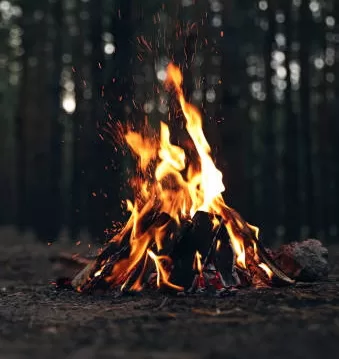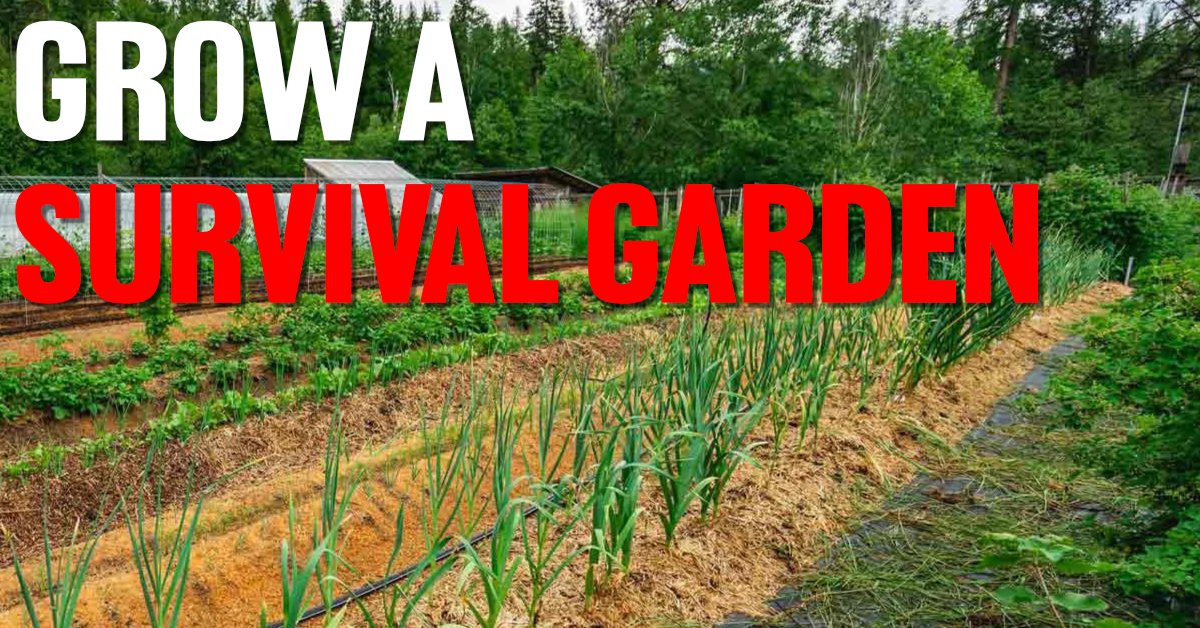Making fire from rocks and steel is one of the most fundamental wilderness skills. With nothing but the raw materials provided by nature, you can produce the essential element of fire.
In this guide, I will cover the complete process of making sparks with rocks. You'll learn how to identify the right type of stones, where to find them, and techniques for striking them to create flames. I will go over the physics and geology behind why certain rocks work. And I'll touch on processing materials and other tips for getting sparks to successfully catch and grow into a warming campfire.
Whether you need to start a life-saving fire after finding yourself stranded, or simply want to practice time-honored primitive skills, making sparks from rocks is a valuable technique to have in your wilderness toolkit. By the end, you'll have the knowledge to produce fire on demand using nothing but rocks and a piece of steel. Let's get started!
Don't forget to watch my video!
What Causes Flint and Steel to Spark?
Flint and steel works thanks to some basic scientific principles - mainly friction, hardness, and heat.
When you scrape a hard rock like flint or quartz forcefully across steel, tiny shards of steel get shaved off. This is because those rocks are harder than the steel on the Mohs hardness scale.
Scraping the rocks off the steel quickly generates intense heat from the friction. The small shards of steel get so hot that they oxidize, or start to burn in the presence of oxygen.
The resulting hot sparks have enough concentrated heat energy to ignite dry tinder placed underneath. This allows you to transfer the sparks to a bundle of combustible material and blow it into flame.
Steel produces better sparks than other metals because it contains carbon. Higher carbon content, like in hardened tool steel, creates more heat and brighter sparks.

So in summary, the properties of flint/quartz and steel complement each other perfectly to produce sparks hot enough for fire lighting. With skill and persistence, you can unlock the hidden fire-making potential in two ordinary looking rocks.
Understanding the Mohs Hardness Scale
When it comes to starting a fire by striking rocks together, you need to understand the principle of hardness. Specifically, you'll want to know about the Mohs hardness scale. This scale rates minerals from 1 to 10 based on their relative hardness, with 10 being the hardest. Diamonds are a 10 on the scale, and talc is a one.
Sparking rocks need to have a hardness of 7 on the Mohs scale. The hardened steel you strike them against is 8 on the scale. Any type of hunting or personal carry knife is made from hardened steel.
Some common rocks in the 7 hardness range that work well are:
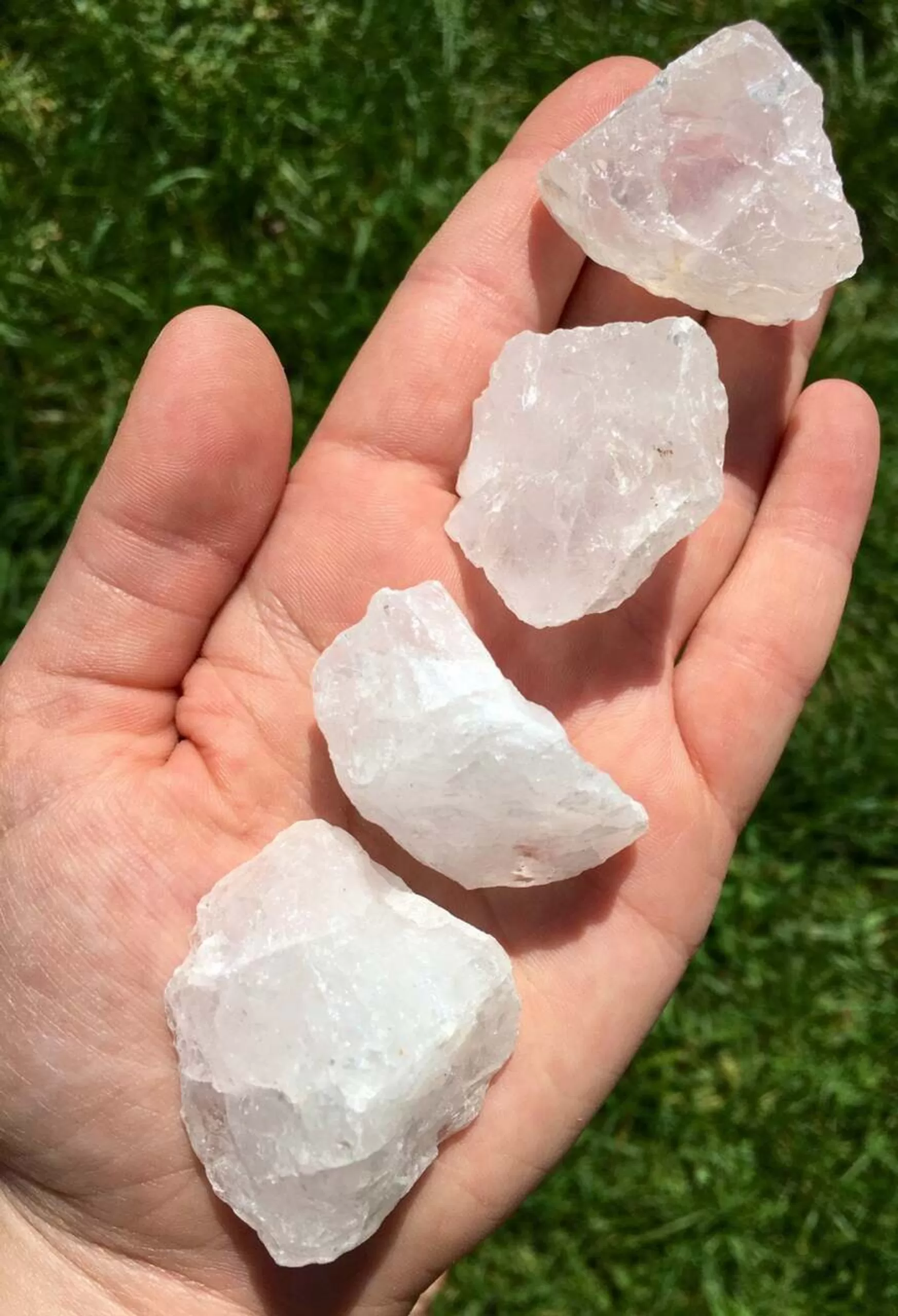
Quartz
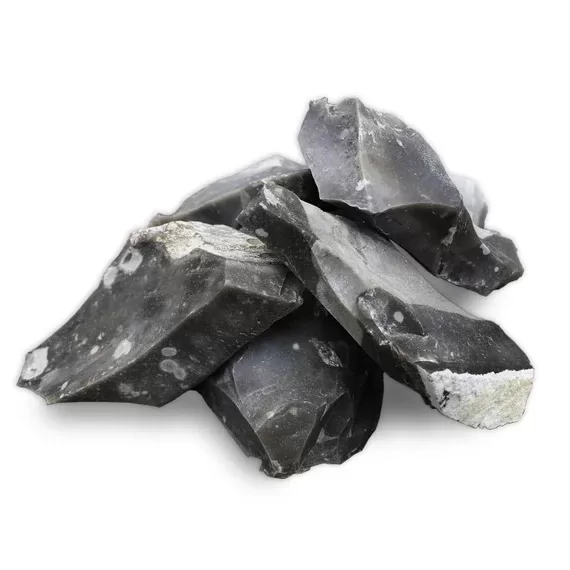
Flint

Jasper
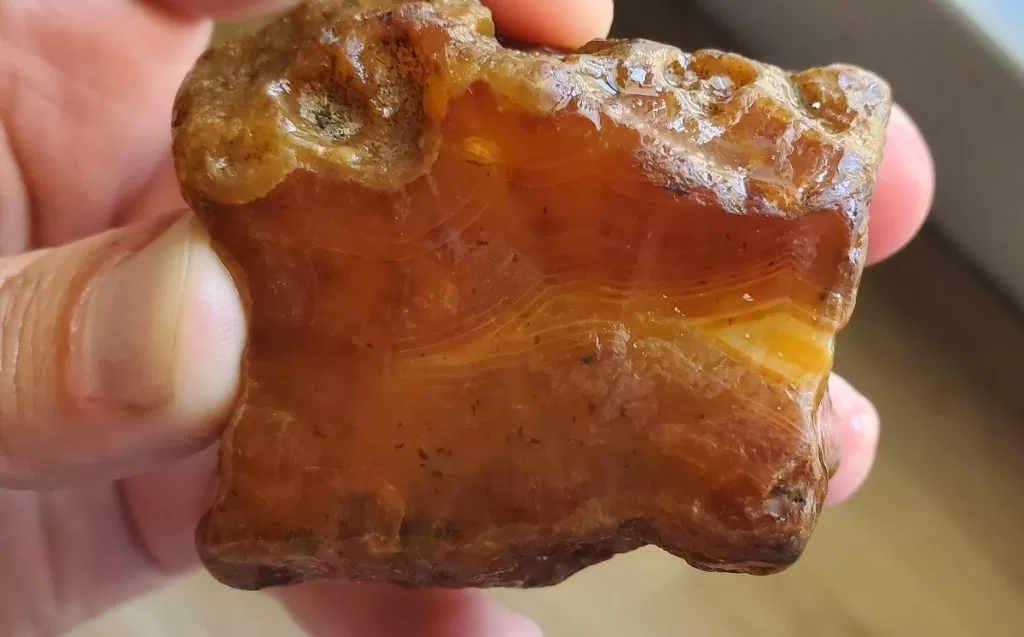
Chalcedony (Agate)
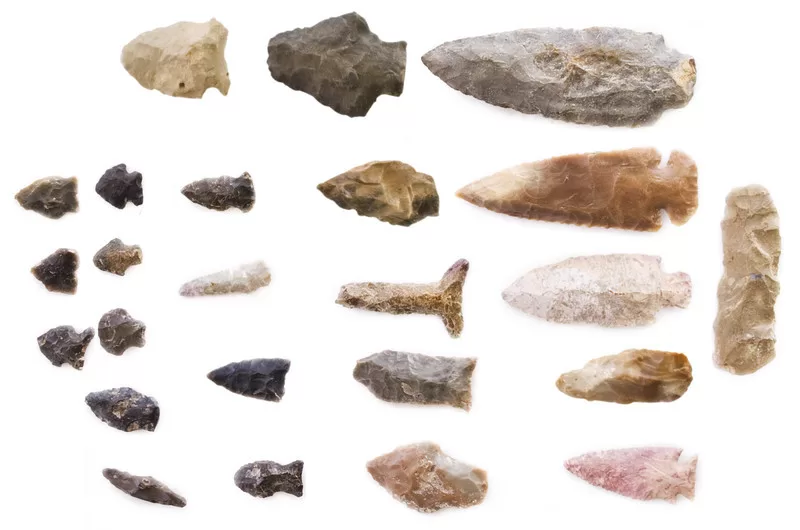
Chert
These are the rocks that I found that make sparks - lots of white quartz and a large chunk of chert. I found this on the riverbed on my property.
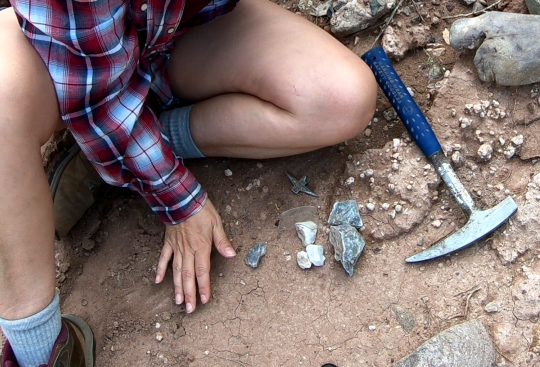
Where to Find Suitable Spark Making Rocks:
Now that you understand which types of rocks have the hardness needed for making sparks, let's discuss where you can find these rocks in nature. The good news is that suitable spark rocks can be readily found in many wilderness areas if you know where to look. When searching for rocks to use in fire starting, focus your efforts on these locations:
- gravel beds and streams - Rocks get naturally tumbled and sorted in flowing water, making gravel beds a prime place to search. Focus on areas where there are rock outcroppings upstream to source the gravel.
- eroded slopes and cliffsides - Erosion causes rocks to become exposed. Look for rocky outcroppings with sandy or unstable areas below them where rocks have weathered and fallen. Sparking rocks often congregate in scree piles at the base of cliffs.
- dry creek and riverbeds - Seasonally dry waterways accumulate rocks of all sizes. Check the bends and obstacles where rocks become trapped. Also look under overhangs and by large boulders where debris collects.
- rocky alpine areas - High mountain environments have sparse vegetation and expose bedrock. Talus fields, boulder fields, and scree are likely spots to investigate.
- rock deposits and quarries - Areas where geological deposits occur on the surface or have been mined commercially tend to concentrate useful rocks.
Pro Tip:
You can use a piece of glass to test if the rock is a 7 on the Mohs hardness scale. Glass is a 6 in hardness, so the proper rock will scratch the glass, but will not scratch hardened steel.

With a sparking rock and a piece of high carbon steel, you'll have the essential tools for starting primitive fires with nothing but rocks and muscle power. In the next section, I will cover techniques for striking your spark rocks to steel.
Striking Techniques for Making Sparks
Once you've collected suitable rocks, you need to know how to properly strike them against your steel to produce sparks. Follow these techniques:
- Use a piece of high carbon steel. Knives, axes, and even hammers work. The harder the steel, the better the sparks.
- Choose a sparking rock that fits comfortably in your hand. Aim for one with angled edges to concentrate the scraping force. Quartz and flint work well.
- Strike the rock against the steel at an oblique angle, roughly 30-45 degrees. Aim for a scraping blow rather than hitting directly.
- Apply heavy pressure and follow through after impact.
- Use fast, downward strokes. Quick, glancing blows make bigger sparks.
With practice, you'll develop a feel for the right motion and force. Don't get discouraged if it takes time to get consistent sparks. The technique will become second nature over time.
Considerations to Make when Making Sparks with Rocks and Steel
It's important to note that not all rocks have the composition needed for producing sparks, even if they are hard enough. Quartz, flint, jasper, and other silica-rich stones tend to be the most reliable at shaving off steel shards. Other rocks like limestone won't work as well.
Don't get discouraged if a rock doesn't make sparks - persistence and experimentation are key. It can take practice to get the striking motion and force dialed in just right. Try adjusting the angle of impact and switching up your steel tool.
Listen for a clear ringing or metallic sound when the rock strikes the steel - this indicates good sparking potential. The goal is to gouge out small shards of steel that ignite as sparks under the force and friction.
If a rock isn't producing with one technique, try others. With experience, you'll get better at identifying rocks with high silica content. But even then, expect to go through lots of strikes before you get consistent sparks.
Making fire from rocks requires determination, but with the right materials and techniques you'll get there.
Conclusion
Making fire from rocks and steel is one of the most primal wilderness skills. Yet with knowledge of a few principles of geology and physics, this ancient technique becomes accessible.
Identifying rocks with suitable hardness and composition is the first step. Quartz, flint, jasper - these silica-rich stones excel at scraping steel. Look in gravel beds, eroded cliffs, and dry streambeds to source your spark rocks.
With practice and determination, anyone can learn the motions and techniques for striking sparks. Scraping steel causes friction and heat; catching those incandescent shards in tinder births flame.
Making sparks with rocks requires patience, perseverance, and practical knowledge. But with the guidance in this guide, you now have the foundation to rekindle this timeless skill.
The ability to conjure fire using stone, steel, and skill is empowering knowledge to carry into the wilderness. So strike out, practice making sparks, and rediscover the thrill of lighting fire from raw elements.
